Seasonal species highlights - autumn hints and tips
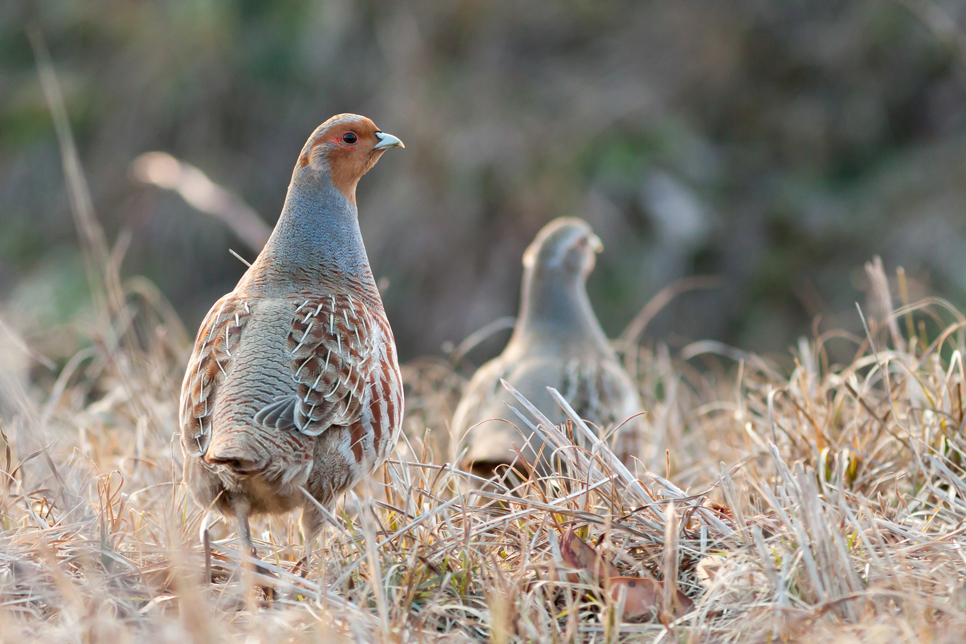
Autumn this year has proved to be great so far, with lots of bird species being spotted on our reserve.
Many visitors ask us for species highlights to look out for during a visit, so bearded tits aside (these were spotted around our saline lagoon on Saturday 30 October - a great day indeed!) here are our key seasonal species to keep an eye and an ear out for over the next few weeks.
Grey partridge
These medium-sized birds have been spotted beneath the windows of our Lagoon View hide, around saline lagoon meadow and old oak meadow. They have a distinct orange face and grey body, with a low, croaky call. They are red-listed in the UK and so a great bird to try and spot!

Kingfisher
These elusive birds are being spotted regularly around our Lagoon View hide, with favourite spots around the perch points here and along the river. The flash of blue colour as they fly and high pitched call is something to look and listen out for during a visit. Read our kingfisher hints and tips to help guide you.
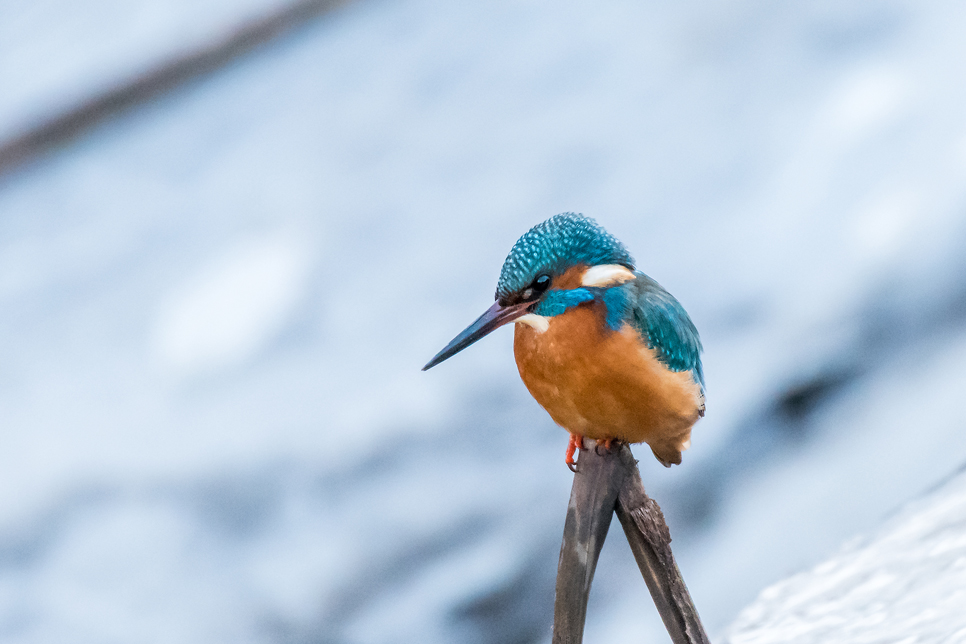
Little egret
There have been regular views of 5 little egret (a type of small white heron) around our saline lagoon and Wader Lake. Their deep, bark-like call can be heard as they move. They can often be seen shaking their legs as they disturb the rich mud beneath the water’s surface for food. Little egrets first appeared in the UK in 1989 and the first arrival to Washington Wetland Centre was in 1996.
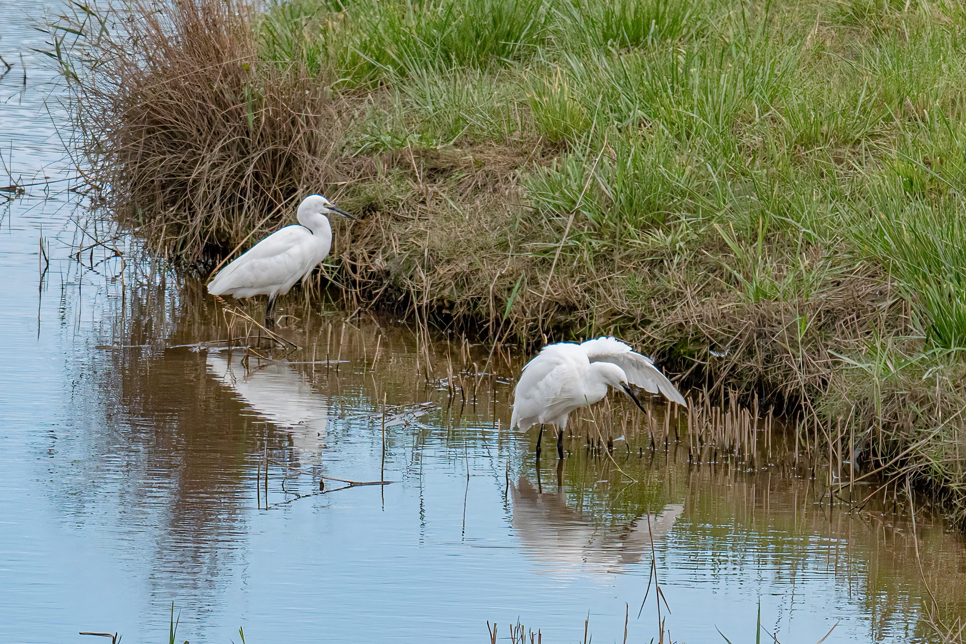
Curlew
Numbers of curlew at this time of year begin to increase around Wader Lake and the saline lagoon meadows as birds migrate, many arriving to the area for the winter period. These large brown wading birds have a long down-curved bill which they use to probe the mud for prey. Their loud call accelerates into a bubbling trill and is described as ‘eerie’, with lots of folklore around it. Curlew are a red-listed bird in the UK and WWT has done a lot of work with this species. Read more about WWT’s curlew project.
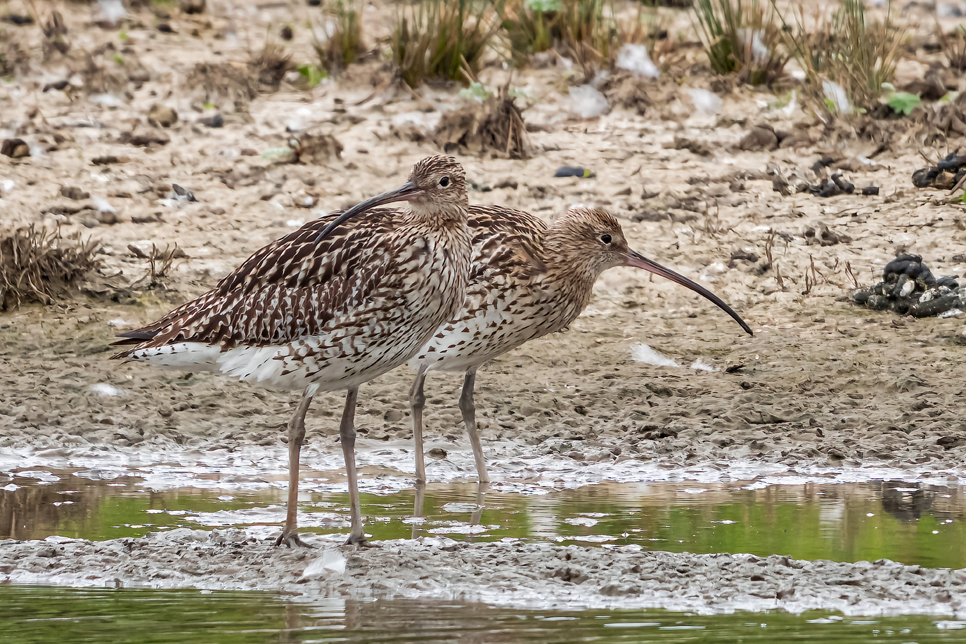
Jay
Prominent at this time of year as they collect and bury acorns and nuts, jays are incredibly vocal with sounds of barking and screeching heard all throughout Washington Wetland Centre, but most commonly in North Wood and Spring Gill. They are a magpie-sized bird but a light shade of brown with a distinct white lower back/rump seen in flight and flash of blue wing feathers. (Image © Bill Richmond)
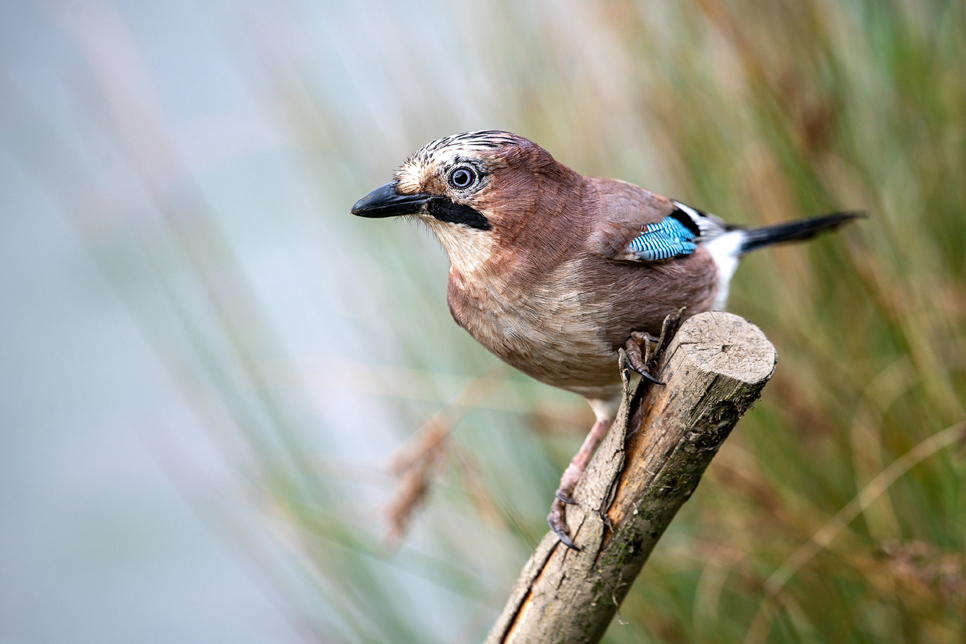
Redwing
The smallest thrush in the UK, redwing arrive onsite and stay throughout the autumn and winter periods. Their pale striped head, streaked chest and red under-wing plumage help visually ID this bird, while their call is a short single note with a fluty trill to end. An amber-listed species that can be seen around most treelines, notably around Top Meadow, Spring Gill and near Hawthorn Wood.
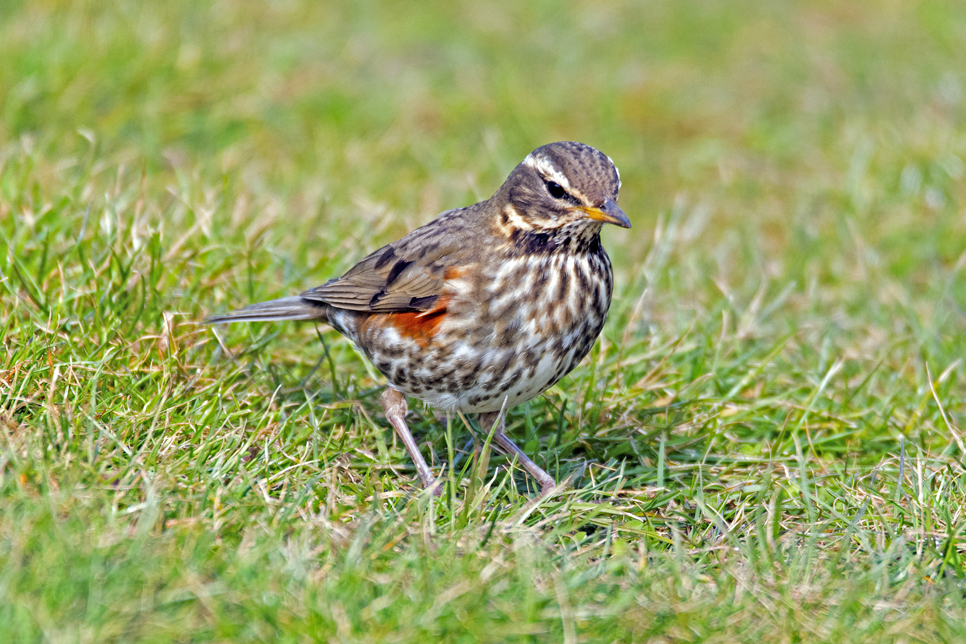
Long-tailed tit
A charismatic bird seen flocking around Hawthorn Wood hide and around the treelines of the stream channel and within the dense scrub of Wader Lake footpaths. They’re often heard before seen as their short abrupt ‘see-see-see’ calls fill the air. Their incredibly long tails and light ‘fluffy’ plumage help identify these birds instantly.

Ready to visit?
If you've been inspired to explore Washington Wetland Centre this season, find out more and plan your visit online.
Plan your visit


